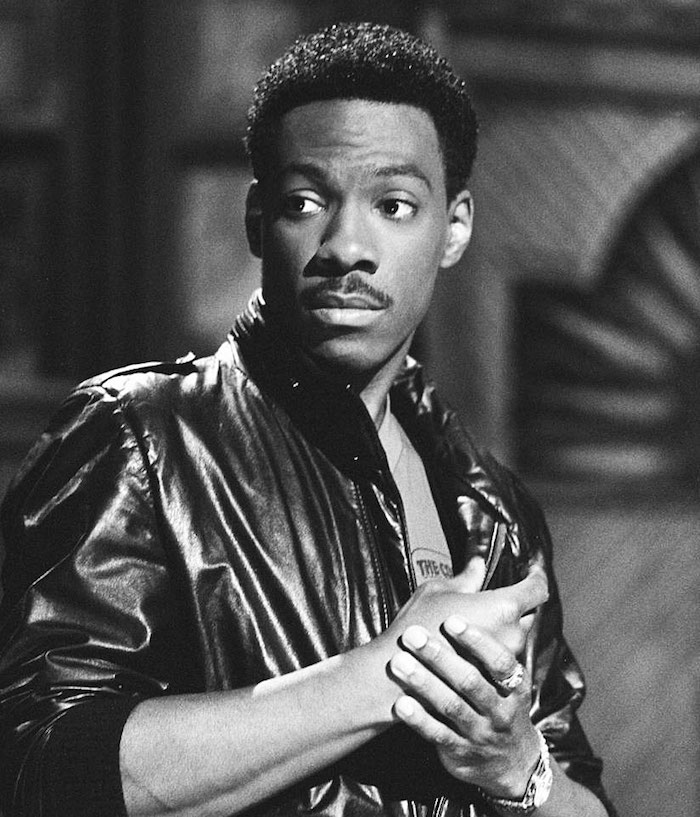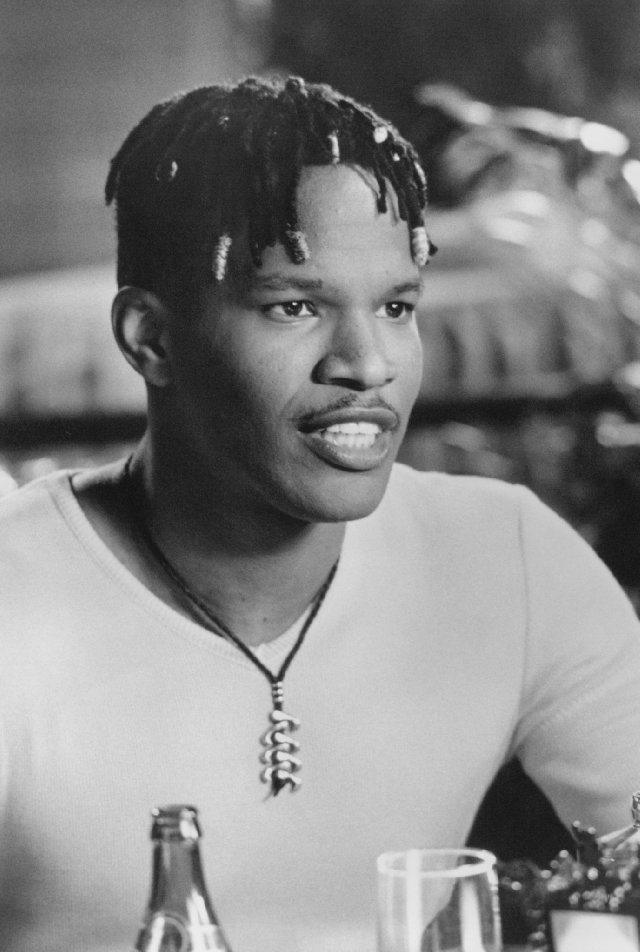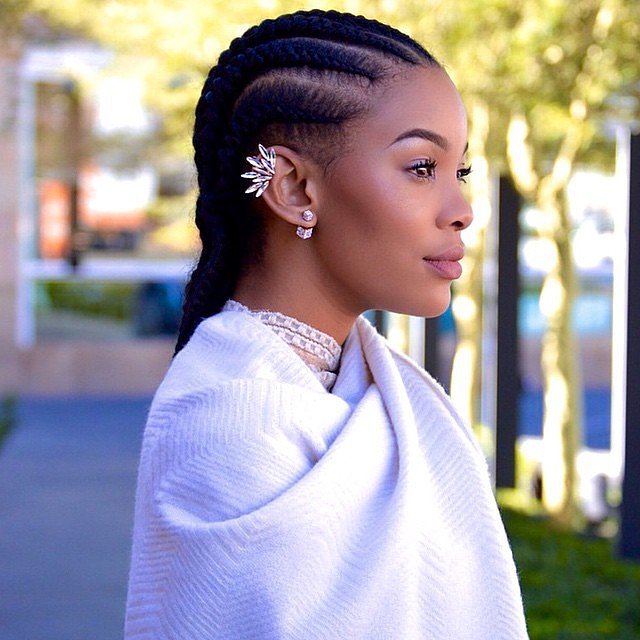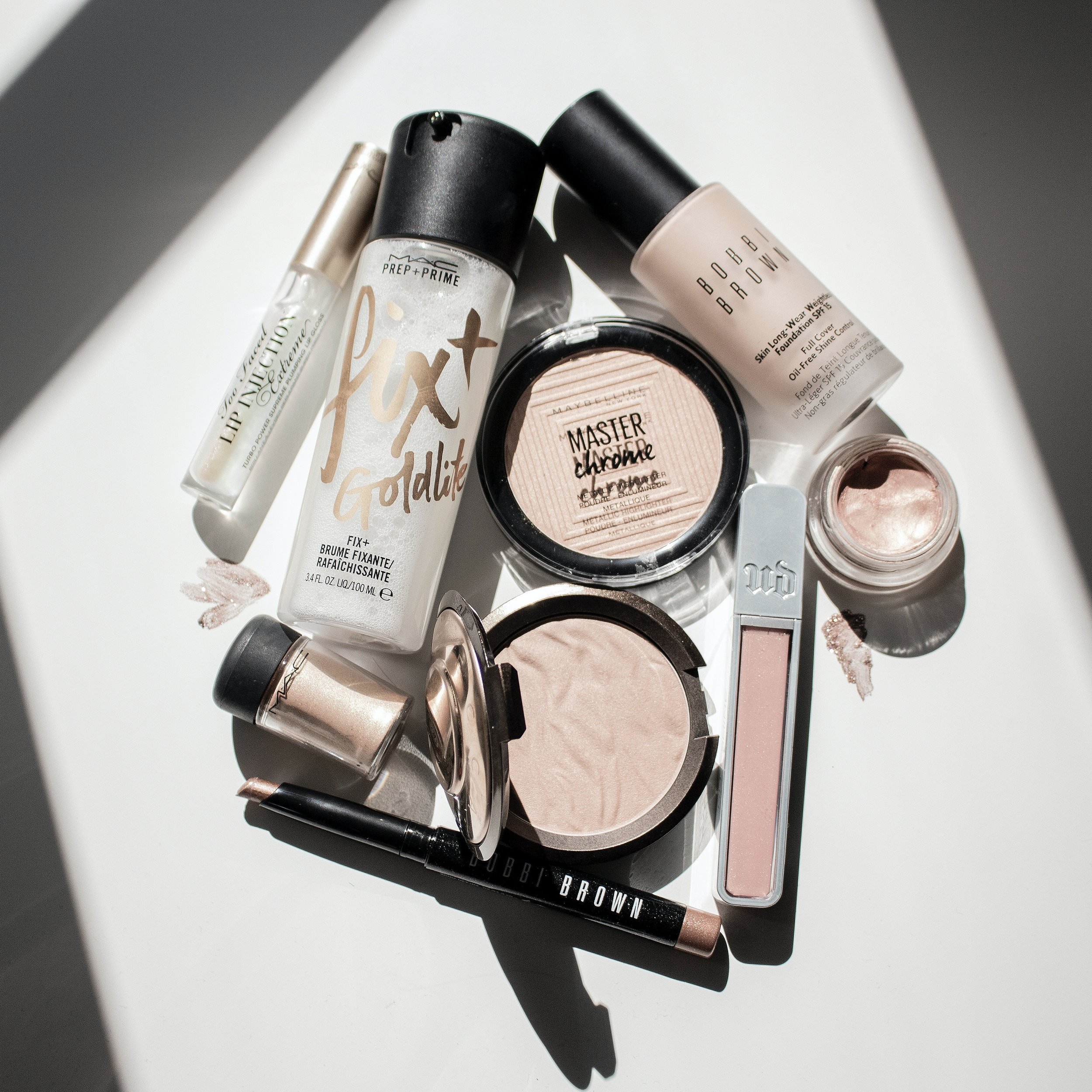Black Hair is Black History: Origin of Cornrows
By: Emily-Ann
Happy Black History Month naturals!
As you know the black community is never afraid to express ourselves and you can see it throughout our culture. No matter where we are in the world, we manage to display our black melanin magic. You can see it through our movies as the fashion and hair evolved throughout the decades. Celebrities like Halle Berry, Janet Jackson, M.C Hammer, Jamie Foxx, and Eddie Murphy just to name few. I can go on with the movie list, but you can watch any movies from 80-90”s with many black celebrities and see our influence. The oversized hats to the bodycon dress and the braids, top fades, and big hooped earrings (which I personally love) still, play a role in our self-expression as a culture. I am going to be highlighting on the hair from men and women and give you a little bit of history on black hairstyles and where they’ve started from.
Let's Talk Cornrows
Cornrow Braids, which are the proper term, not box braids originated in Africa. These beautiful detail braids have been in recorded history as early as 3000 B.C. You can see women wearing these braids to help identify what tribe they belonged to. The braids for men were a way to separate the warriors and kings in places like Ethiopia. Men like Tewodros II, who ruled Ethiopia from 1855-1868 and Yohannes IV, who ruled Ethiopia from 1872-1892 wore braids. Yohannes IV held the nickname of “King of Kings of Ethiopia” and “King of Zion”. In West Africa, braids used to display social economic status, spiritual beliefs, or material status.
Cornrows, became popular within the black community in America during the 60s-70s when black power was at an all time peek. Although, we have since then seen this hairstyle throughout the years and in our childhood. We always seem to agree on one thing, it will never be just a trend or something to try. It’s apart of our culture and the roots run deep within.
>> SEE ALSO: Natural Hair Tips: How To Safely Blowout Your Natural Hair
Braids were also used to help slaves escape on their road to freedom and women would wear specific braids to depict if there were roads to use, or who they can trust for help in their great escape. Black slaves had many ways of communicating, and braids were apart of that communication. As freed black slaves and generations after, braids slowly started to be a thing of the past. Now more than ever we are rediscovering this tradition and expanding our knowledge on the subject. My favorite so far would be the African Fulani Braids.
They were also deemed to be ghetto or seen to be inappropriate to wear. Women of color began to ditch the braids and opted for relaxers and we can’t forget those Jerry Curls products. Fast forward to today, our community is once again having to stand up for our culture. Calling out the people who are either profiting off it or mimicking it. It deems the questions, “Why do we always have to fight to honor our culture?” and “ Why is it a constant battle?”
Leave your comment below and share with us your thoughts and concerns! Check back next time were we continue to shed some light on the High Top Fade.















Meet Emily-Ann Brown, contributing writer to 247 Live Culture!